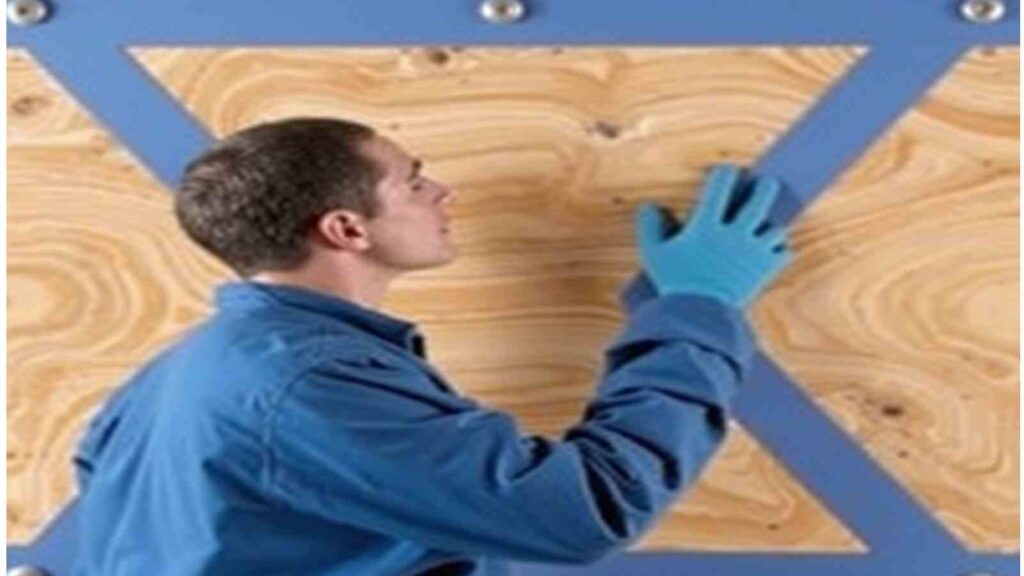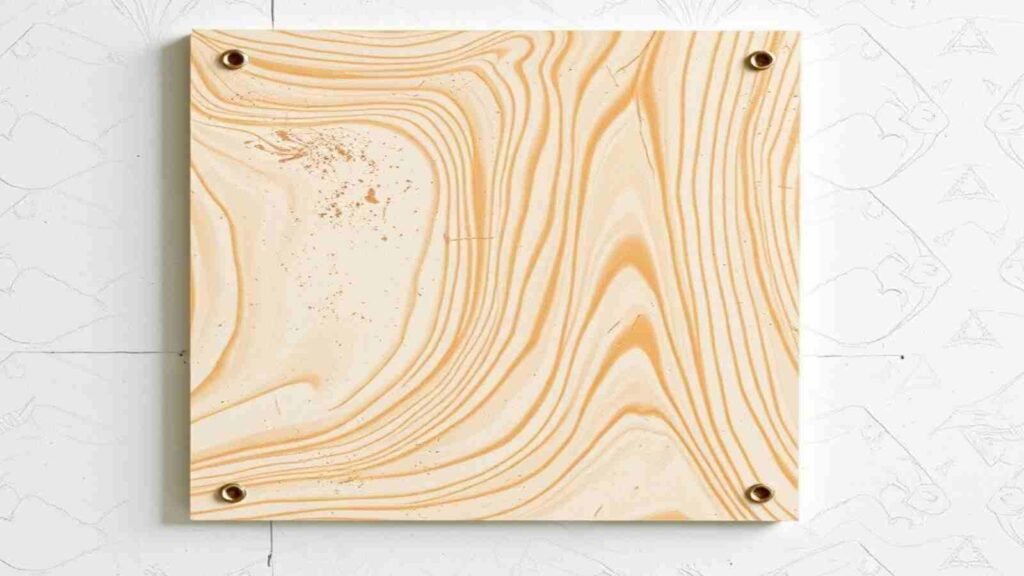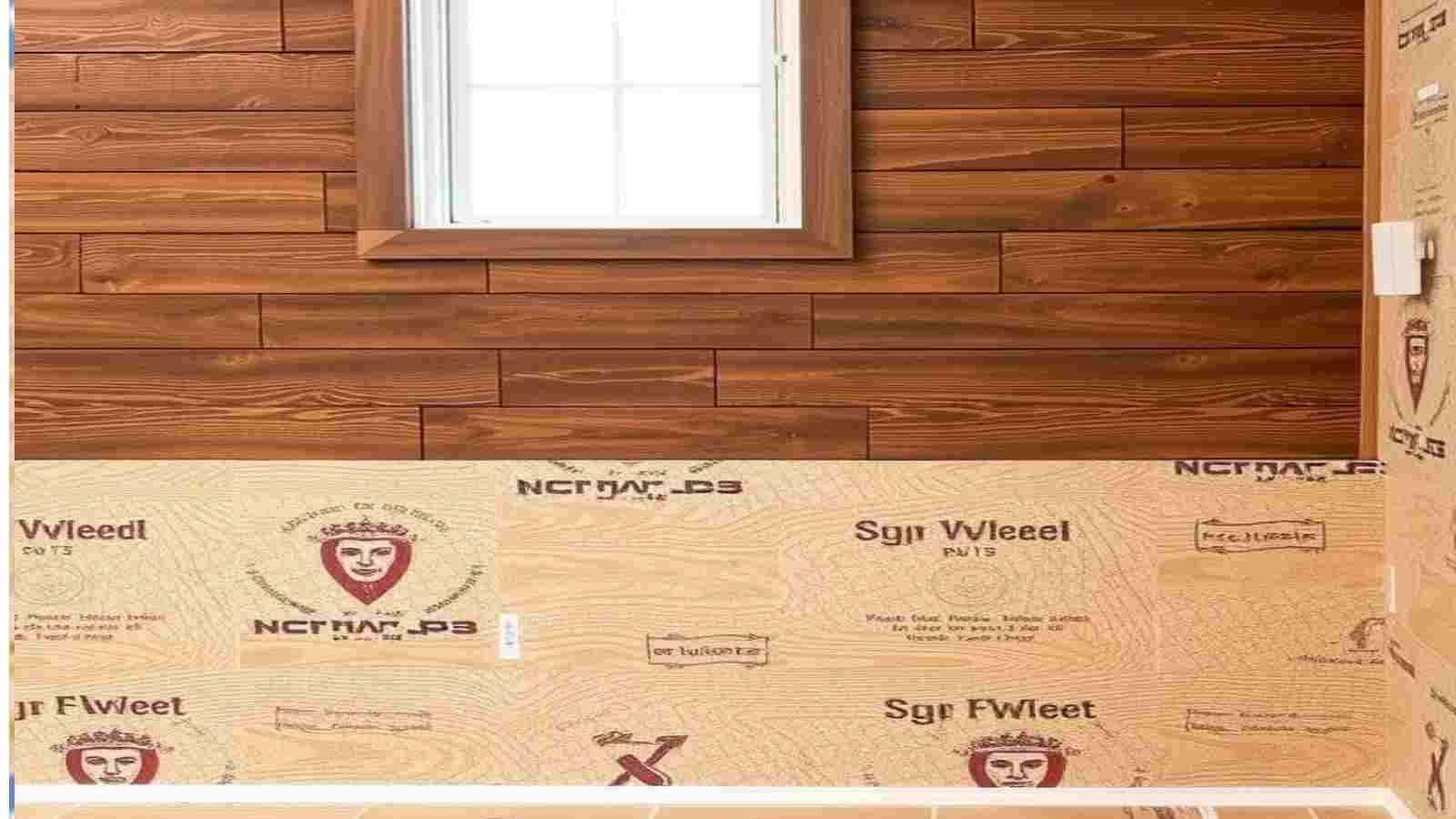Whether you’re a homeowner looking to improve efficiency, a contractor seeking reliable insulation solutions, or a DIY enthusiast embarking on your next project, this guide has you covered.
Why Choose Insulation Boards
Insulation boards offer a range of benefits that make them an excellent choice for various applications:
Energy Efficiency: Insulation boards are highly effective in reducing heat loss, resulting in lower energy bills.

Soundproofing: They provide excellent soundproofing, creating quieter and more comfortable living spaces.
Ease of Installation: Their user-friendly nature makes them popular among homeowners and DIY enthusiasts.
Structural Integrity: Insulation boards add structural integrity to buildings, along with moisture and fire resistance.
Environmental Impact: Many insulation boards are made from recycled materials and can be recycled after use, making them an environmentally friendly option.
Types of Insulation Boards
There are several types of insulation board available, each with unique features and best use cases:
Expanded Polystyrene (EPS)
R-value: Moderate
Fire Resistance: Low
Environmental Impact: Often made from recyclable materials
Best Use: General wall, floor, and ceiling insulation
Extruded Polystyrene (XPS)
R-value: High
Fire Resistance: Moderate
Environmental Impact: Less eco-friendly than EPS
Best Use: Areas requiring high moisture resistance, such as below-grade applications
Polyisocyanurate (PIR)

R-value: Very High
Fire Resistancer: High
Environmental Impact: Contains blowing agents, less eco-friendly
Best Use: Roofs, walls, and attics for maximum thermal performance
Phenolic Foam
R-value: High
Fire Resistance: Very High
Environmental Impact: Contains formaldehyde but can be eco-friendly if sourced properly
Best Use: High-performance applications where fire resistance is crucial
Installation Best Practices
Follow these tips to ensure optional performance and safety when installing insulation boards:
Measure Accurately: Cut the boards to fit tightly against walls, floors, and ceilings, ensuring there are no gaps.
Safety Gear: Use gloves and eye protection to guard against dust and sharp edges.
Double Layering : In particularly cold or hot regions, double layering is considered for better thermal performance.
Seal Joints: Use insulation type to seal all joints and prevent air leakage.
Moisture Protection: Ensure boards are properly sealed in damp areas to prevent moisture absorption.
Adhesive and Fastening: Follow manufacturer guidelines for adhesive application or mechanical fastening to secure the boards.
Existing Insulation: Check for any existing insulation that may need adjustments before installing new boards.
Product Comparison
Popular Brands

Compare the following brands based on R-value, fire resistance, and environmental impact:
Brand A:
R-value: 5.0
Fire Resistance: Class A
Ecological Impact: Uses eco-friendly materials
Brand B:
R-valu: 4.5
Fire Resistance: Class B
Environmental Impact: Contains some non-recyclable components
Brand C:
R-value: 6.0
Fire Resistance: Class A
Ecological Impact: High due to non-sustainable sourcing
Installation Requirements
Consider case of use, cutting, and fitting methods:
EPS Boards:
Ease of Use: High
Cutting Methods: Easily cut with a utility knife
Special Tools: None required
XPS Boards:
Ease of use: Moderate
Cutting Methods: Requires a saw for precise cuts
Special Tools: Protective gear recommended
PIR Boards:
Ease of Use: Moderate
Cutting Methods: Requires a fine-toothed saw
Special Tools: Dust mask recommended
Cost Analysis
Evaluate initial purchase prices and long-term energy savings:
EPS:
Initial Cost: Low
Energy Savings: Moderate
Overall Value: Good for budget-conscious projects
XPS:
Initial Cost: Moderate
Energy Savings: High
Overall Value: Great for areas requiring moisture resistance
PIR:
Initial Cost: High
Energy Savings: Very High
Overall Value: Ideal for maximum thermal performance and fire resistance
Customer Reviews
Gather insights from real-world feedback:
EPS:
“Easy to install and fits well. Great value for the price.”
XPS:
“Perfect for basement walls. Keeps the moisture out and the warmth in.”
PIR:
“Excellent thermal performance. Worth the investment for attic insulation.”
Conclusion
Choosing the right insulation board can significantly impact your home’s comfort, energy efficiency, and overall value. By understanding the different types, installing practices, and product comparisons, you can make an informed decision that best suits your need.
For personalized advice and to explore our range of insulation boards, contact us today or visit our website for more information. Let’s build a better, more efficient future together.











